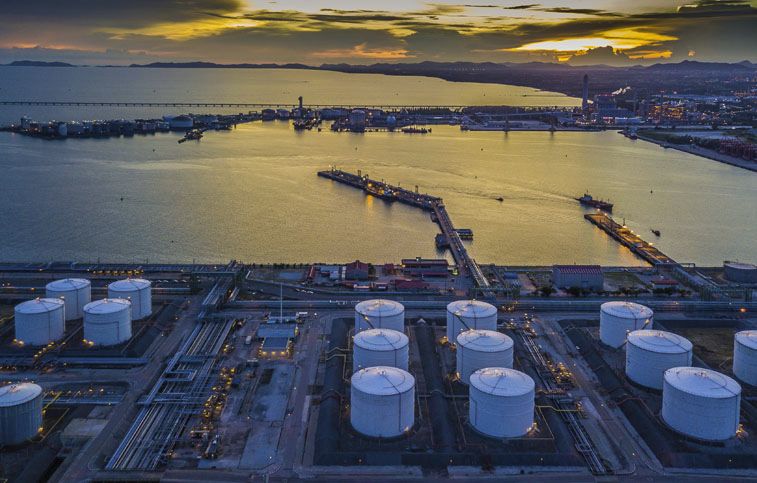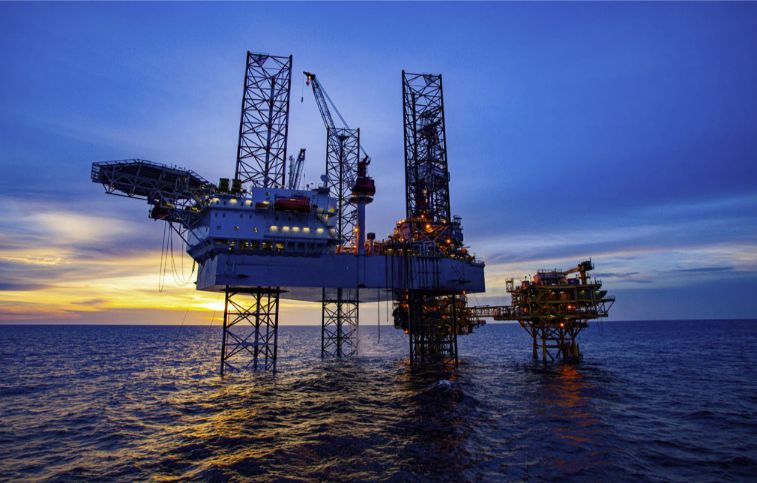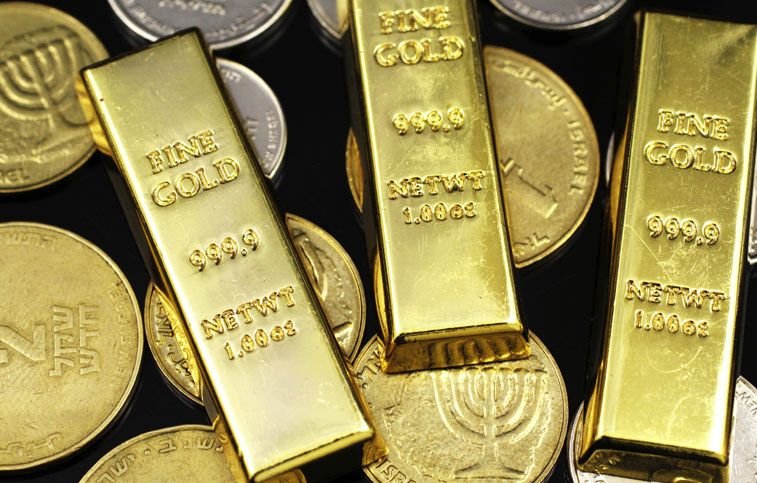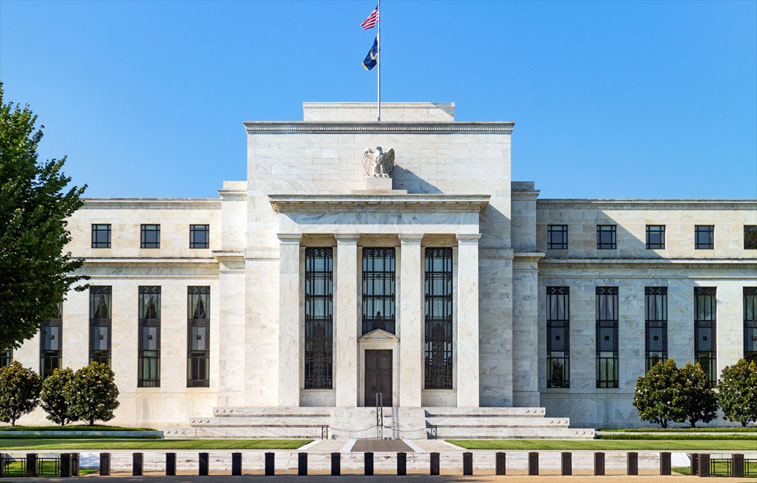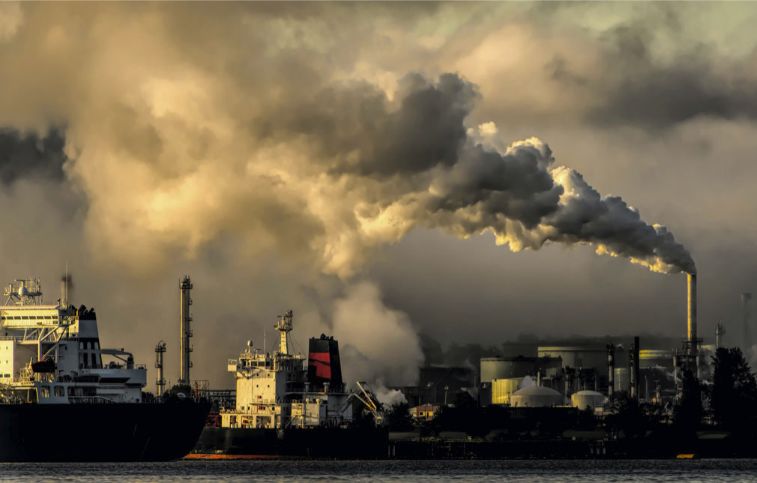Crude oil has recently become much cheaper, but that could soon change. According to the International Energy Agency (IEA), oil demand could rise to record levels this year while supply is under pressure. This prediction is according to the IEA’s monthly oil market report which was released last Wednesday.
The Paris-based energy watchdog, created by Western nations in response to the oil crises of the 1970s, said oil demand could rise to an average of 101.7 million barrels a day this year. This demand would be the highest level on record. The main reason for this increased demand is the reopening of China’s economy, where strict Covid-19 policies have been relaxed.
China is a major consumer of commodities, and crude oil is no exception. According to the IEA, the increase in global oil consumption is partially offset by the rise of electric cars and the fact that fossil-fuel cars are becoming more fuel efficient. However, this effect is expected to be too small to stop the overall demand growth this year. That growth is estimated at 1.9 million barrels per day through 2023. Without road savings, that figure would be 2.7 million barrels per day.
With demand on the rise, supply is a big question mark. According to the IEA, sanctions imposed by Western countries on Russia in response to its attack on Ukraine will increasingly impact the oil market. In addition to the existing measures, a new set of sanctions will go into effect on February 5. The European Union will then ban imports of refined products from Russia, such as diesel.
The IEA expects the sanctions to contribute to a supply shortage eventually. As a result, the oil market, which is currently well-supplied, could turn. This turnaround is expected in the second half of the year, which would coincide with the same time frame in which many economists are expecting a recession.
Oil traders had a neutral reaction to the IEA report, with a barrel of Brent crude trading around $87 on Wednesday afternoon, up barely 2% from Tuesday. Historically, this is on the high side, but oil is still much cheaper than it was just after Russia invaded Ukraine, when the price peaked at nearly $128 a barrel.
Something similar is happening with natural gas. Gas prices have fallen dramatically, largely due to mild winter weather. Nevertheless, the gas market is also warning against too much optimism. Analysts say the loss of Russian gas supplies is a structural problem that is not easy to solve. The weather this winter has been a big windfall, but by definition, such events are unpredictable.
This uncertainty about the future is reflected in natural gas prices, which were trading at around $60 per megawatt-hour (MWh) on Wednesday afternoon, a value that is still three times the level of the previous decade. The IEA’s monthly oil report can therefore be seen as a renewed warning that the energy crisis is not over.
The agency is warning member countries to use their strategic oil reserves wisely. In 2022, these were used in the US and Europe to keep the price down. Nevertheless, oil reserves are finite, and the IEA reiterates its call to be as energy efficient as possible and to continue promoting electric car sales.
